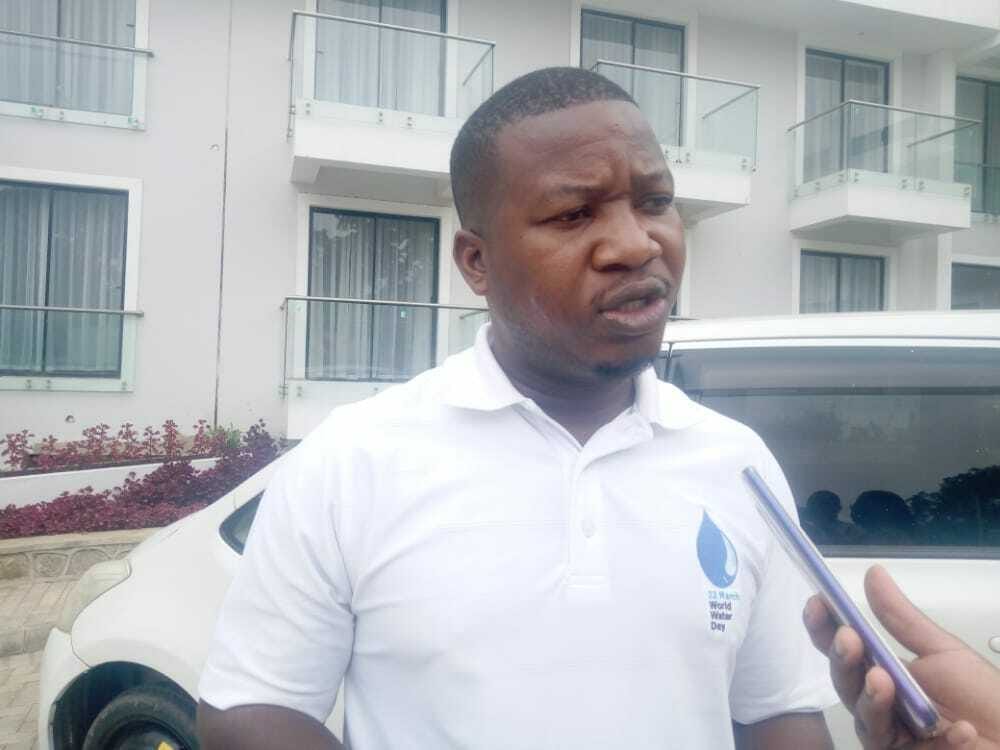
Implementers of the Malawi Watershed Services Improvement Project (MWASIP) say the project will go a long way in supporting the National Forest Landscape Restoration Strategy (NFLRS) which, among other things, estimated that nearly 7.7 million hectares of degraded land requires restoration intervention.
This was disclosed on Wednesday during a media engagement session where among others journalists were drilled more on the project’s components and effective models to disseminate information related to the project.
According to the Technical Team Leader for planning, monitoring and evaluation of the project, James Kumwenda, the MWASIP Project is the first in a ‘Series of Projects’ complementing NFLRS which seeks to restore 4.5 million hactares of the degraded landscape by 2030.
Kumwenda explained that the project consists of three components such as improving Watershed Services, Technical and Project Management Support, and scaling up Landscape Restoration through which government is to scale up landscape restoration interventions in the Shire River Basin and other priority river basins such as Linthipe, Bua, and Dwangwa River Basins.
He said, “The upper and middle parts of the Shire River Basin alone provide the opportunity to restore more than 2.6 million ha of degraded landscape. This value represents more than half (57 percent) of the NFLRS target.”
“The Shire River Basin is, therefore, a priority watershed for achieving GoM’s strategic goals as laid out in the NFLRS and will, therefore, require continuing restoration intervention beyond this project.”
Kumwenda added that the project will benefit national, district and community-level institutions by providing essential tools, knowledge, and strengthening their capacity to continue investing in sustainable landscape management beyond the project period.
Kumwenda also said that the advancement of the project shall be determined based on Proportion of target farmers adopting sustainable landscape management practice; Land area (ha) under sustainable landscape management practices; Land area (ha) showing an increase in Normalized Difference Vegetation Index (NDVI) and the Land Surface Water Index (LSWI) among others.
The project is estimated to cost a total of US$160 million of which US$78.5 million will be an IDA credit equivalent, while another US$78.5 million will be an IDA Grant of equivalent and government is to pump in US$3 million.